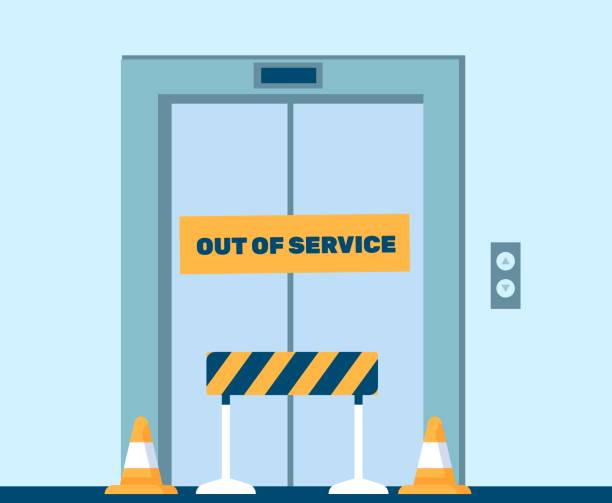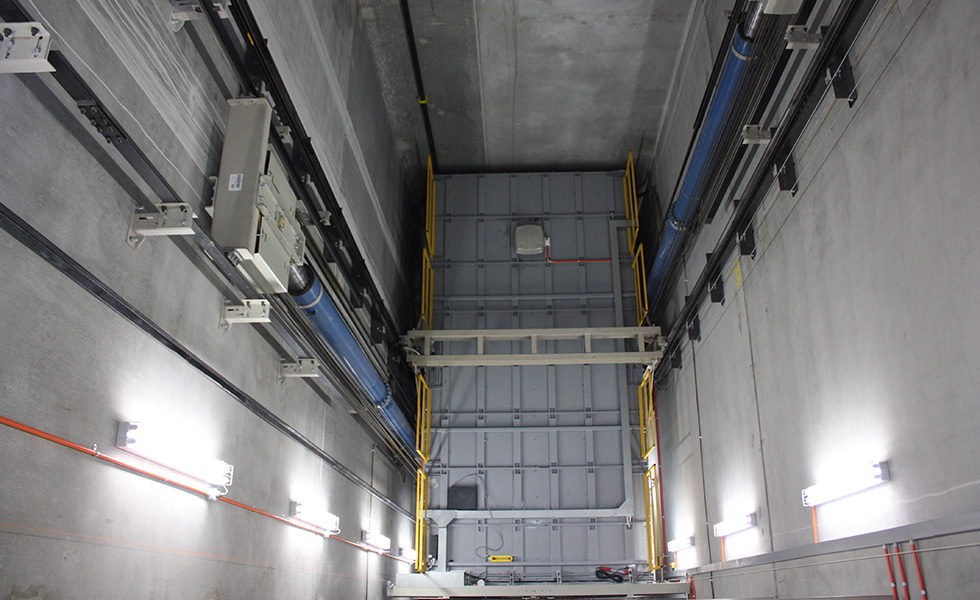Expert Lift Repair Providers: How to Select the Right Lift Service Company
Expert Lift Repair Providers: How to Select the Right Lift Service Company
Blog Article
Specialist Tips for Ensuring Security During Comprehensive Lift Repair Work Procedures
In the world of thorough lift repair work treatments, safety stands as a vital problem that demands meticulous attention to detail and adherence to established protocols. As the complex interaction of equipment and human treatment unravels, a tactical approach to security ends up being the linchpin for effective fixing operations.
Security Equipment Demands
The safety gear needs for lift fixing procedures are important to make certain the well-being of upkeep personnel. Correct safety gear not just secures employees from possible risks but also improves effectiveness and precision during repair work jobs. When working with lifts, maintenance employees have to comply with stringent safety procedures by wearing proper gear such as difficult hats, security goggles, gloves, steel-toed boots, and high-visibility vests. These products are made to provide security versus head injuries, eye damage, hand injuries, foot injuries, and enhance exposure in the workplace to avoid accidents.
Safety safety glasses safeguard the eyes from particles, chemicals, or sparks that might be generated during repair service work. By purely sticking to safety and security gear needs, upkeep personnel can reduce risks and job successfully to preserve and fix lifts.

Devices Examination List
To guarantee the upkeep employees's safety and the proper performance of lifts, a comprehensive tools inspection list is crucial prior to starting any type of repair work treatments. platform lift dimensions. This list must consist of a complete evaluation of all components such as cables, sheaves, electrical systems, and safety and security systems. It is vital to inspect for any indications of wear and tear, rust, or damage that may endanger the lift's architectural integrity or functional performance
In addition to mechanical parts, the assessment checklist need to incorporate safety and security features like emergency situation brakes, limitation buttons, and overload sensors. These safety systems play an essential duty in preventing crashes and making sure individual protection during lift procedure.
Furthermore, validating the calibration of control systems, confirming proper air flow and lights within the lift shaft, and examining for any blockages or particles are essential actions in the inspection procedure. Routine upkeep and adherence to the tools evaluation list not only improve security protocols yet additionally extend the life expectancy of the lift system, decreasing the probability of unforeseen failings or pricey fixings.
Hazard Identification Methods
Making use of systematic evaluation methods, risk recognition strategies are employed to determine prospective risks within lift repair service treatments. These techniques include a comprehensive evaluation of the repair work setting, tools, and jobs included to identify any dangers that might lead to injuries or crashes. One typical method is the Work Safety And Security Analysis (JSA), where each action of the repair service process is carefully evaluated to identify potential risks and identify the best safety measures to reduce them. Additionally, Failure Mode and Effects Analysis (FMEA) can be used to expect prospective failing points in the fixing treatment and establish safety nets to resolve them proactively.

Emergency Feedback Readiness
With a concentrate on guaranteeing swift and efficient response to unexpected situations, emergency situation action preparedness is an essential aspect of preserving security throughout lift repair service procedures. Focusing on emergency readiness entails visit this site right here establishing clear communication channels, designating certain functions and responsibilities, and performing routine drills to test action times and procedures.
Crucial element of emergency situation feedback preparedness consist of having conveniently available emergency treatment packages, fire extinguishers, and emergency get in touch with information prominently presented. It is necessary to educate all workers associated with lift repair treatments on emergency situation action protocols, consisting of how to safely leave the area in case of a fire or various other emergency situations.
Moreover, developing a thorough emergency action plan specific to raise repair work scenarios can help decrease potential dangers and ensure a timely and worked with response in the event of an event. Regularly reviewing and updating this strategy based on lessons gained from website here previous drills or incidents is necessary to constantly enhance precaution throughout lift repair service treatments.
Ongoing Safety And Security Training
Consistent education and training in safety and security protocols is a basic component of guaranteeing the ongoing security of workers during lift fixing procedures. Recurring security training plays a critical function in maintaining workers educated regarding the current security criteria, methods, and best methods in the market (platform lift dimensions). By giving regular training sessions, employees can stay current on potential threats, risk-free work treatments, and emergency protocols details to lift repair service environments
Routine security training likewise assists reinforce the relevance of following security standards and treatments in all times. It instills a safety-conscious mindset amongst workers, promoting a culture of safety and security within the workplace. In addition, ongoing training permits workers to freshen their expertise and skills, improving their readiness to handle any kind of unexpected safety difficulties that might emerge throughout lift repair service procedures.
To make sure the performance of recurring safety and security training, it is important to tailor the material to the particular dangers and requirements associated with lift repair work procedures - lift repair. Companies ought to routinely evaluate training demands, supply opportunities for hands-on method, and encourage open interaction pertaining to safety and security issues amongst all workers entailed in lift repair work procedures
Final Thought
Finally, ensuring safety throughout detailed lift fixing treatments is crucial for preventing injuries and accidents. By adhering to safety equipment demands, conducting tools evaluations, determining hazards, preparing for emergencies, and providing ongoing safety and security training, workers can lessen dangers and produce a risk-free work atmosphere. Focusing on precaution and remaining watchful throughout the repair service process will assist safeguard both employees and find out here the equipment being serviced.
When working on lifts, maintenance workers must adhere to stringent safety and security protocols by using appropriate gear such as difficult hats, safety and security goggles, handwear covers, steel-toed boots, and high-visibility vests. One typical method is the Job Safety Evaluation (JSA), where each action of the repair procedure is carefully evaluated to recognize prospective threats and identify the best security measures to minimize them.Continuous education and training in security procedures is a basic component of ensuring the continuous safety of workers during lift fixing treatments.Normal safety training likewise aids strengthen the relevance of adhering to safety standards and treatments at all times. By adhering to safety gear needs, carrying out equipment assessments, determining risks, preparing for emergencies, and offering continuous safety training, workers can decrease risks and produce a secure work setting.
Report this page